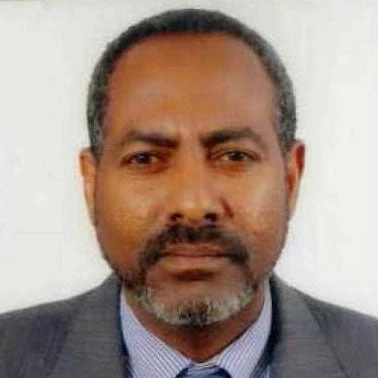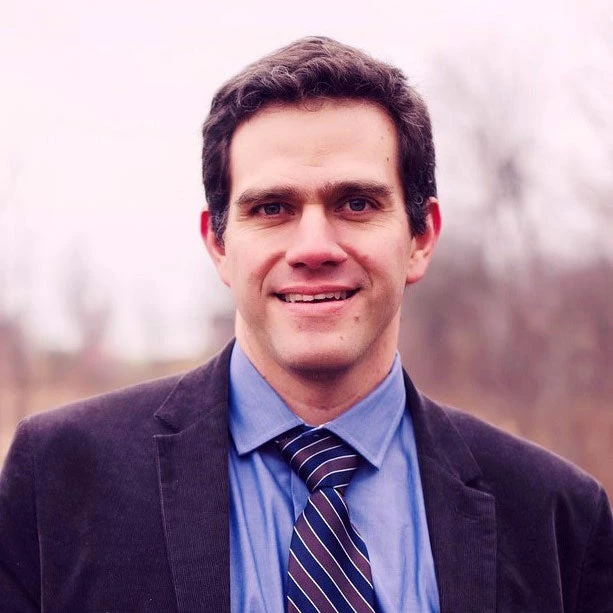 Gestion des eaux pluviales : les inondations à Kigali montrent la nécessité d'une planification et d'une rénovation urbaines intégrées
Gestion des eaux pluviales : les inondations à Kigali montrent la nécessité d'une planification et d'une rénovation urbaines intégrées
Every year, the short rainy period in Rwanda runs from October to early December and the long rainy season from March up to early May. In between, Rwanda enjoys a break from rains at a perfect time for the holidays. Not last year. On December 25, 2019, torrential rain caused high level flooding in Kigali taking the lives of at least four people and causing damages to approximately 100 houses and 23 hectares of crops.
Severe rains continued throughout this traditionally drier period. On February 2 and 3, 400-500 mm of rain were recorded in Kigali, causing major floods that resulted in 13 fatalities, two injuries, and the destruction of 15 houses. Records by the Rwanda Meteorology Agency show how rainfall was above the long term mean during the traditionally drier period, almost doubling in December and over 50% higher in January and February.
Urban resilience challenges in Kigali
Kigali is Rwanda’s main urban center and accommodates about half the urban population. It is rapidly emerging as a green city, with communities and institutions working together to upgrade infrastructure and develop and maintain urban public spaces. Naturally, this commitment and the outcomes from the dedication of the nation and government are attracting businesses, which could result in further innovation, and economic and urban development opportunities. However, recent rapid urban growth in Kigali has led to unplanned settlements characterized by inferior living conditions, such as limited access to suitable infrastructure and basic services, and rudimentary housing posing a long-term risk to the quality of life for residents.
The geographic location and topographic features of Kigali, compounded by the lack of well-planned drainage infrastructure and solutions to increase infiltration and slow the runoff, exposes the city to frequent flooding as well as landslides. Floods limit the mobility of pedestrians, disrupt traffic, and cause accidents and congestion, which presents a high cost to its residents. In severe cases, floods have resulted in destruction of critical infrastructure (energy and transport, commercial buildings) and household property and lives lost. These have had adverse impacts to livelihoods and the national economy.
Rapid urbanization and climate change impacts resulting from growing rainfall intensities are expected to continue well into the future. In the face of growing flood emergencies, what can the government do? How can it plan better? How can the World Bank support the government and the nation in this process?
Upgrading of unplanned settlements is a priority for the City of Kigali (CoK) as well as the national government. The National Urban Informal Settlements Upgrading Strategy (2017) and the City-Wide Unplanned and Underserviced Settlements Upgrading Strategy for Kigali (2019) are evidence of the government’s urgent responses and commitment to address the current and future urbanization and settlement challenges. Additionally, climate resilience in settlements and national integrated water resources management are recognized as national priorities in National Strategy for Transformation (2017-2024) and are pioneered by the Ministry of Environment.
To turn those strategies into action, the government, with funding from the World Bank and the Global Environment Facility, is preparing the second phase of the Rwanda Urban Development Project (RUDP II). This project aims to improve access to basic infrastructure and enhancing resilience in the City of Kigali through a comprehensive approach for managing risks across the natural and built environment. This includes support for integrated community-driven settlements upgrading and planning, and technical assistance for a stormwater management master plan; investments on drainage infrastructure; and nature-based solutions complementary to gray infrastructure to reduce runoff along settlements and restore the flood attenuation capacity and water quality enhancement of wetlands.
The government and the World Bank seek to learn from worldwide and local pioneering ideas to understand urban floods in Kigali, and plan accordingly utilizing hybrid solutions to minimize disruptions and emergencies in the city. Furthermore, nature-based solutions in neighborhoods and the rehabilitation of wetlands are expected to provide other social and environmental co-benefits to the population of Kigali that include improved biodiversity, carbon sequestration and land use management.
This collaborative effort by World Bank and the Government of Rwanda will demonstrate evidence-based sustainable and integrated urban planning and implementation towards sustainable & resilient cities using strategic cost-effective landscape approaches as outlined in the figure below.

The novel measures that use integrated urban water resources management adopted in the implementation of RUDP II, in tandem with Rwanda’s commitment to the urban resilience agenda presents a rare opportunity for transforming urbanization nationwide and beyond.



Join the Conversation